Editor’s Note: This post is written by a member of LTV’s sponsored content team, The Leisure Explorers. Do you own a Leisure Travel Van and enjoy writing? Learn more about joining the team.
Wine and dining has been a wonderful activity we have enjoyed throughout our hectic work life. The ability to share a meal and a couple of glasses of wine was a vacation staple. Whenever we could squeeze in a meal out, it would provide that same feeling of relaxation, even if only briefly. Before we were full-time RV’ers, traveling was very much a part of our lives. Being from Maine, a significant amount was throughout the Eastern United States. We would vacation in Mexico and Central America in the cold months of the year.

Because we owned a restaurant, we were always seeking out new flavors and ideas. Travel exposed us to different cultures and foods. Whether we were traveling with our daughter’s ASU softball team or just the two of us, we would seek out different restaurants to experience. Traveling with ten to twelve teenage girls, wine was an important part of dinner for all of the parents!

When we decided to travel full-time in our Leisure Travel Van, we were concerned we would lose these experiences. Wow, were we wrong! Now, we can bring our house, but I’m getting ahead of myself.

Wine and Whine
Attending Wine and Whine events was the beginning of our wine adventures. Our group of friends consisted of many nurses who would commonly get together for what they called wine and whine nights. These gatherings allowed them to let their hair down and unload much of their daily stress through sharing stories and laughing. It was a simple happy hour with friends where everyone brought an item and their favorite wine to share.
I was new to drinking wine and had a lot to learn. My first challenge was not making a face when I tried a sip of something new. Think of a toddler trying a bite of lemon for the first time. We quickly learned I was a wimpy wine drinker. Nothing dry or anything with lots of tannins; I liked more blended and sweeter wines. Jess and her friends were great teachers. Gradually, I acquired an appreciation for the complex flavors and began experimenting with pairing the snacks at our events with the variety of wines we were drinking.
It was terrific how foods tasted different when accompanied by wine. This idea was intriguing and led us to purchase a variety of wines, which we paired with our ordinary family dinners. Jess is superior at identifying flavor profiles and has a knack for great pairings. I have learned to appreciate the bold flavors of a good merlot without making a face, and I love sharing a glass of wine with my wife.
Visiting a Winery
Visiting a winery is more than just the wine; we loved the experience. Every winery is different, with its distinctive atmosphere and wines. Some specialize in a particular type of grape, and others grow a vast variety. On a long weekend trip to Vermont, we were surprised to see the many wineries in the area. We visited several (over a few days) and learned so much.

I learned I liked whites and rosés much better than reds. It’s common to be able to choose a specified number of wines for a small price when participating in a tasting. Often, the host is an owner or other extremely knowledgeable person who can describe flavors and provide recommendations. Jess and I purposefully picked different choices for our tastings, allowing us to sample a wide variety of their wines.

The wineries we visited all had their theme and style, creating a unique experience. Several had large reserved spaces for events or weddings. Sitting on their patios or within their spaces immediately transported us from our busy lives. It gave us time together to unwind and relax, just like at the wine and whines. Visiting wineries became a favorite activity for us while traveling.

College Years
We enjoyed the good fortune of our daughter selecting a college in upstate New York. The Finger Lakes Region has over 100 wineries. It is considered one of the top ten best regions to visit and happened to be between our home and her college. We would add an extra day to our trip to see her to explore a couple of the many wineries on our way home.

This experience and education were a valuable part of my development as a restauranteur. When I purchased our diner, it operated six days a week from 5:00 am – 1:00 pm, serving breakfast and lunch only. I wanted to turn it into a full-service restaurant. There were many things I needed to learn to grow the business in the way I wanted. I thought adding a liquor license would be necessary in our community when and if we added dinner service hours.
However, I did not know a lot about alcohol, especially wine. Aside from some basic drinks, my knowledge of alcohol came from what I learned on vacation. Having the ability to be educated at these wineries while enjoying the activity was invaluable. It was years of learning and growing our business until we jumped to nighttime service and a full liquor license.

Sommelier
You may have heard the term, but what is a sommelier? A sommelier is a professional; they are trained and knowledgeable and work in fine dining restaurants. Wine serving and pairing is their job. Typically, they are responsible for developing the establishment’s wine list. They work closely with owners and head chefs to create unique and complimentary pairings. In addition, they train wait staff on proper serving etiquette and help servers learn how to make recommendations to customers. A sommelier isn’t just there for the restaurant but also to ensure a positive guest experience.

Sommeliers are not only experts in wines, but they also understand liquors and beers. They typically bounce from table to table and speak with guests throughout the service. Jess and I have been to several restaurants with incredibly knowledgeable sommeliers throughout our travels. It has been wonderful experiencing several courses, all with a different glass of wine. Suppose you have never had this opportunity, I highly recommend it. The idea of pairing is much easier to understand when dining this way. I also recommend bringing a gold card because this type of experience is not inexpensive.
Types of Wine
White wines are typically made from green or yellow grapes. Sauvignon Blanc, Chardonnay, Pinot Gris, Riesling, and Moscato are more common. There are many more, but there are too many for one piece. I have listed them in order, and they are progressing from dry to sweet. What does that mean? It has to do with the amount of sugar in the wine. Dry whites are often described as light or crisp, for the inexperienced or new wine drinker I would use the term bitter. Dry whites are also typically the best to use when cooking. When we participate in wine tastings, the wines are arranged from dry to sweet, and it is recommended they be tried in that order.
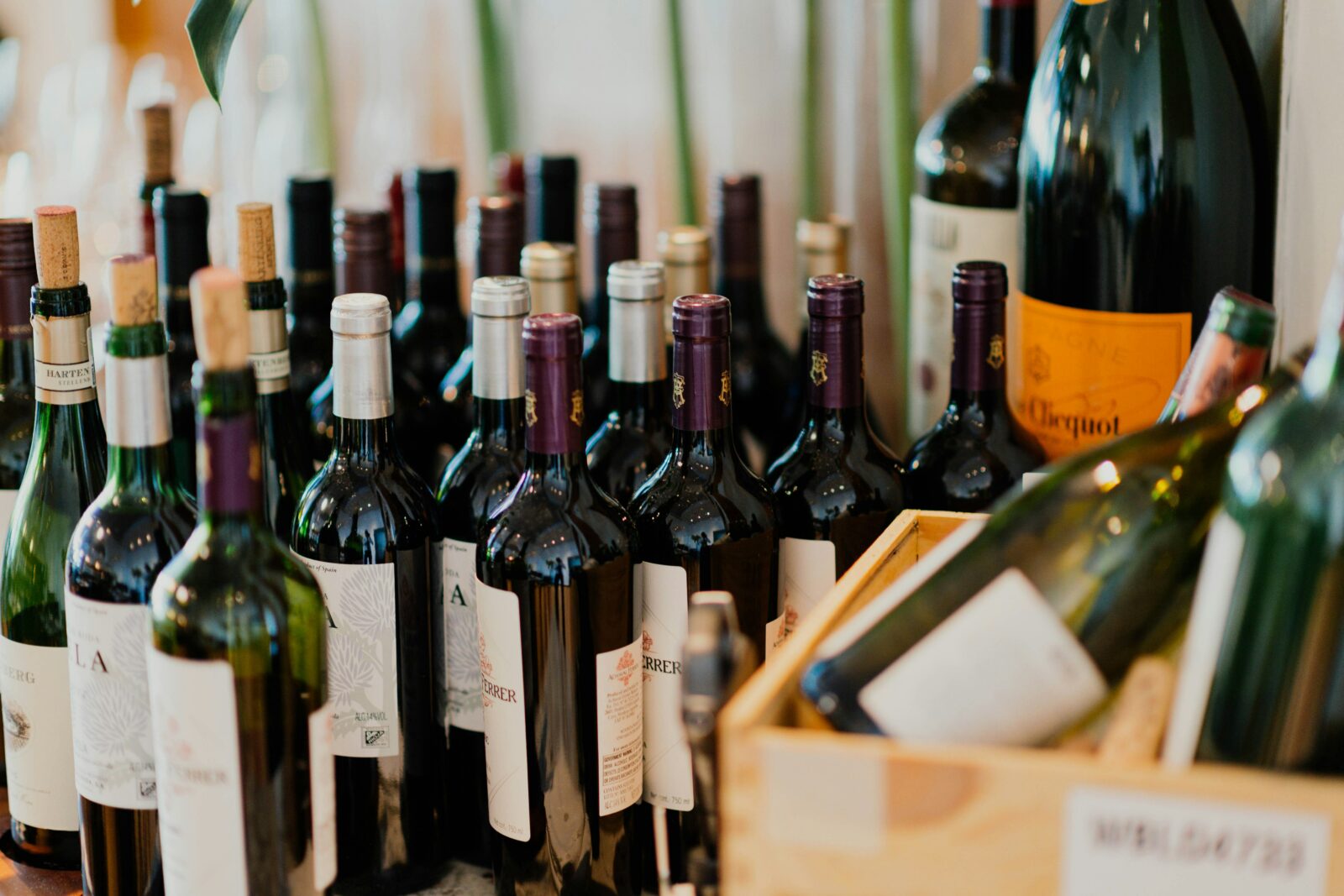
Red wines are made from dark-colored grapes. However, the juice is light-colored and gets its red color from the grapes’ skins. The more common are Cabernet Sauvignon, Pinot Noir, Syrah, Merlot, and Port. I have again listed them as progressing from dry to sweet. Just like whites, there are many more varieties. I would describe Port as a dessert wine. It is sweet and rich, best consumed in small quantities, and is often the perfect ending to a meal.
Rosé wines are one of my favorite categories of wine. They are pink in color and made from red grapes; however, they are not allowed enough contact time with the skins to be identified as red wine. White Zinfandels are my favorite. There is a balance of sweetness contrasted by a little tartness, providing a smooth, drinkable flavor. (Definitely not a sommelier’s description.)
Bubblies
Bubblies are another favorite. Serving champagne had the single biggest impact on our restaurant. It simply began as a classic mimosa. They were an immediate hit; it was a unique idea in our community. As time progressed and our confidence grew, we learned to pair seasonal specials with a variety of mimosas we created.
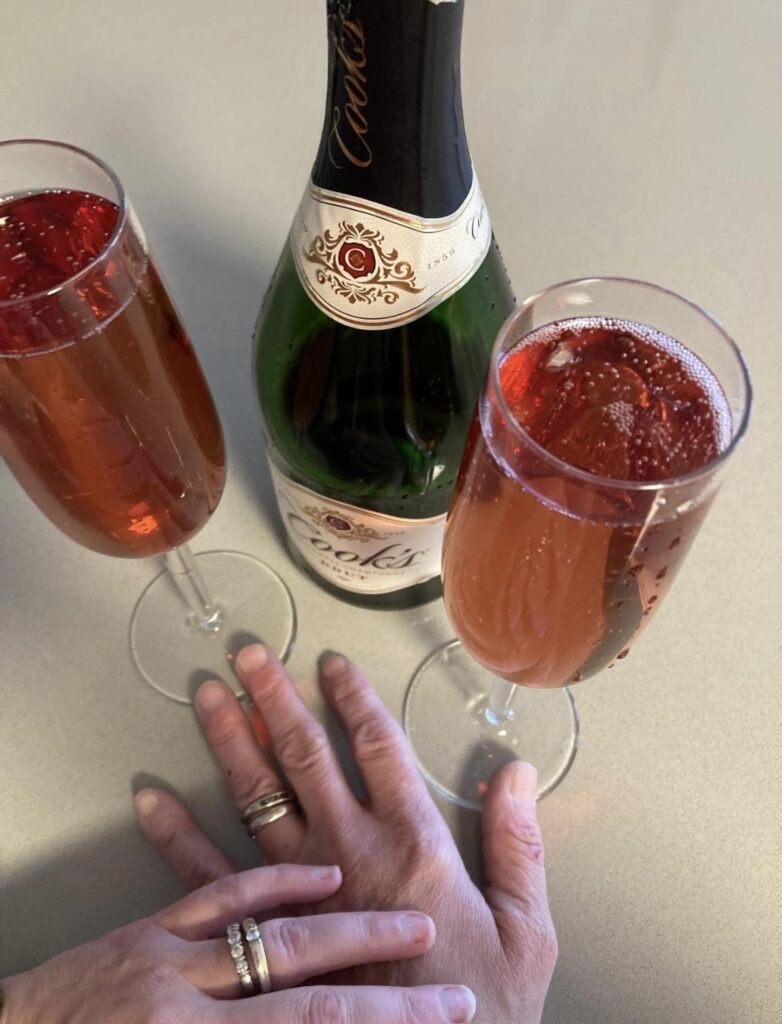
One of our famous creations was made with champagne and apple cider. Using margaritas as an inspiration, we rimmed the champagne glass with real maple syrup and a cinnamon brown sugar mix. Customers loved it and often paired it with our special apple cinnamon pancakes. This was a seasonal mimosa we only served in the fall.
However, my servers were beautiful and imaginative, and we created a whole menu of specialty mimosas. Combining champagne with a variety of fruit juices provides fantastic options. The Poinsettia was my favorite, a simple combination of champagne and cranberry juice.
Prosecco is a sparkling white wine that has started appearing on tap in many restaurants, to my wife’s delight. It is a bubbly, light, semi-sweet white wine. Being on tap ensures it is served at its finest. She would enjoy a glass of Prosecco while we were deciding what to order for dinner and then choose a wine to pair with her meal.
Pairing Wine with Mexican Foods
Chicken Fajitas (plant-based) is one of our favorite RV foods. Vegetables are readily available and easy to cook inside the RV or outside on the grill. The bold flavors of the jalapeños and salsas are enhanced by dry whites such as Sauvignon Blancs or Chardonnay and possibly a Zinfandel. As in all areas relating to food and beverage, what is most important is what you and your family enjoy. There is no right or wrong, only better and best.
Nachos are a diner favorite, but what wine would pair best? When I think of nachos, I think of cheese, salt, and spicy, bold flavors. These flavors are complimented by a stronger, crisp white like a Pinot Grigio. It’s well-balanced and will enhance the bold flavors of the nachos. A more delicate wine with subtle flavors may get lost.
Pastas with Cheese Sauces
Jess prepared this variety of mushrooms with a white-cooking wine, which created an incredible sauce in conjunction with the natural flavors released from the mushrooms. She served this deliciousness over a plant-based alfredo pasta with a simple salad. The creaminess of the pasta accompanied by the richness of the mushrooms is best paired with a white wine such as a Chardonnay or a medium red wine like a Pinot Noir.
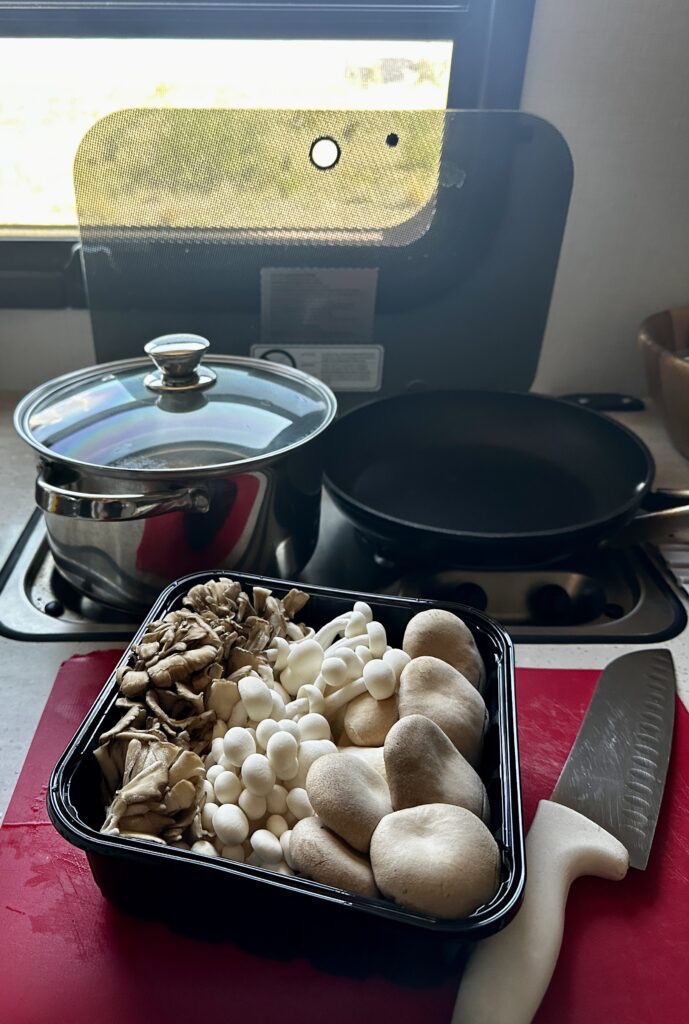
Mushrooms have an earthy flavor. Tannins, which are derived from the skins of grapes and are part of the flavor profile of red wines, naturally complement this flavor. We recently purchased a bottle of Chardonnay, so that was our choice.
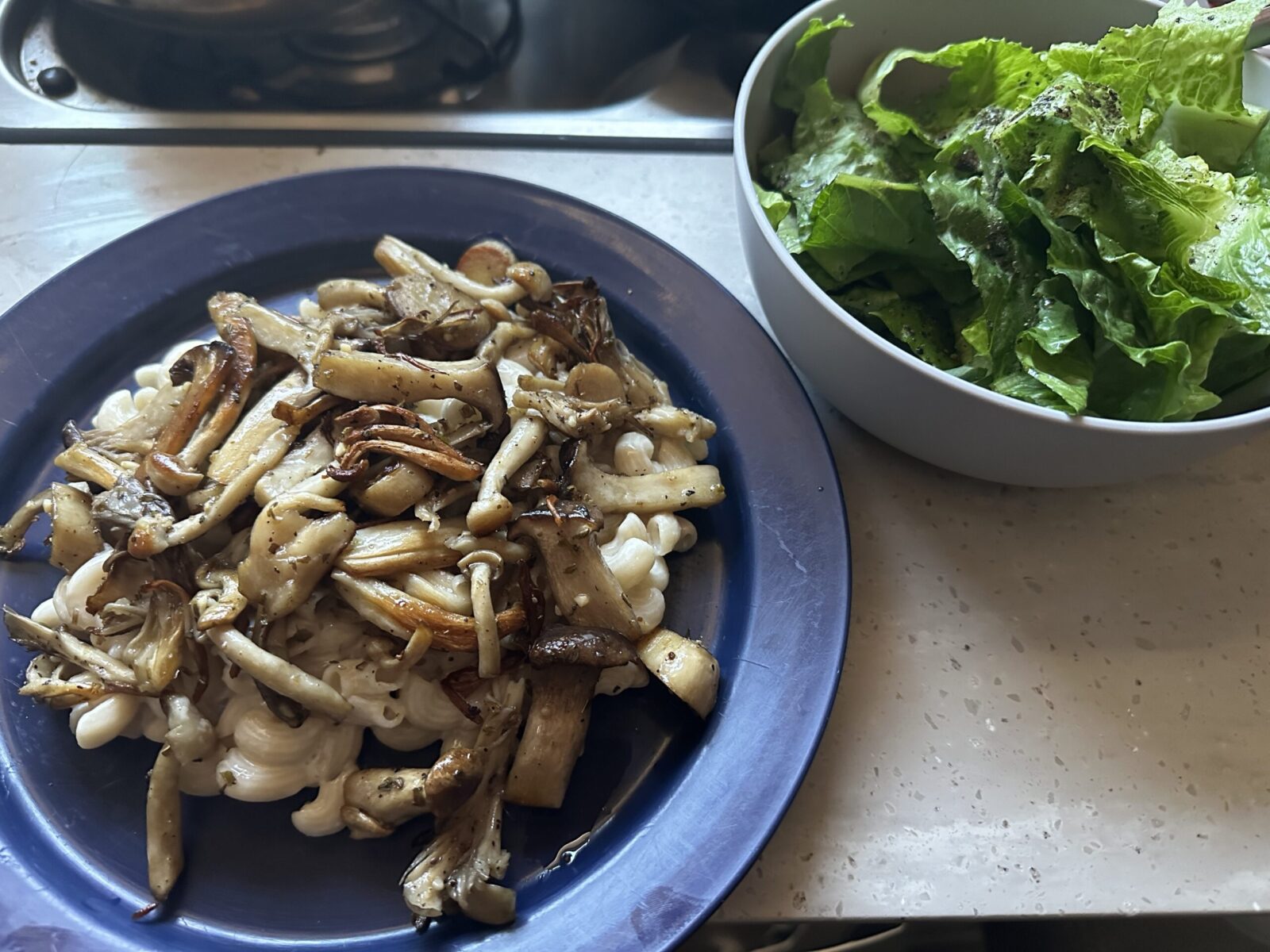
Lighter cheese sauces are typically best enjoyed with Chardonnay, Sauvignon Blanc, or Cabernets. Sharper cheese sauces, such as aged cheddar, might be better balanced by a well-rounded Merlot. A sharper or dryer wine such as Cabernet Sauvignon, with lots of tannins, helps balance a rich cream sauce’s richness (or fat).
Classic Seafood Pairings
Fried seafood, because of its cooking method similar to that of seafood cooked in butter sauces, turns a light-flavored delicate fish or seafood into a heavy albeit delicious meal. A white wine’s acidity balances the heaviness or greasiness of the food. Sauvignon Blanc, Pinot Grigio, or Chardonnay are great choices.
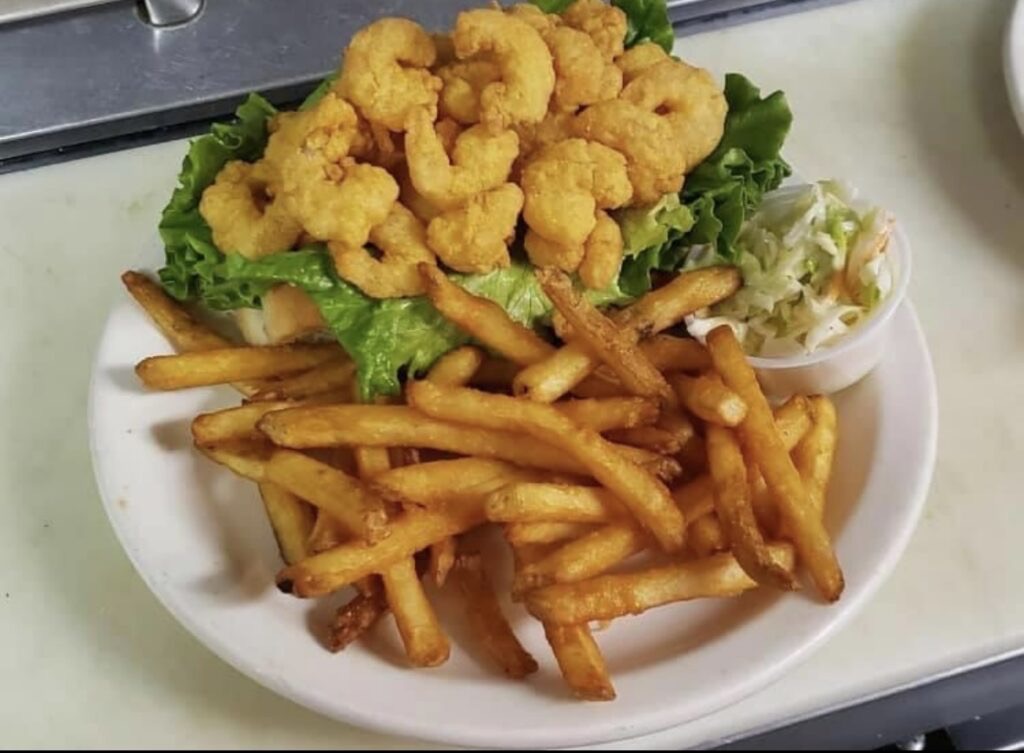
Pairings with Reds
Classic reds, like Merlots, pair well with turkey or roasted chicken—meatier fish, like salmon, pair well with Pinot Noir. The bold flavors of the foods balance the bold flavors of the wine. Additionally, red meats and red sauces are complimented by a Cabernet Sauvignon. It is rich in tannins, and its acidity helps balance the flavors. As Jess and I no longer eat meat, we do not drink as much red wine. White wines will primarily be found in our RV. That doesn’t mean we do not still enjoy a good read with a plant-based burger cooked over a campfire.
Another thing to consider when choosing the wine for your dinner is the ambient temperature outside. As I watched Jess over the years, I noticed a transition from summertime white bottles to winter red. Because temperature impacts the foods we want to eat, it makes sense it also affects the beverages we like to drink. Imagine the difference between enjoying a cup of hot chocolate gathered around a fire pit at the local ice skating pond and drinking the same cup of cocoa at the beach in your bathing suit! It’s just not the same.
Don’t Forget About Breakfast
Breakfast is my favorite meal. In my years in the restaurant, I learned that wines, especially champagne, pair well with many breakfast foods. The crispness of the champagne balances the sweetness of fruit sauces and syrups. For holidays and special occasions, we made a simple spin-off of bananas foster at the restaurant, which we served over pancakes, waffles, or French toast (customer’s choice).
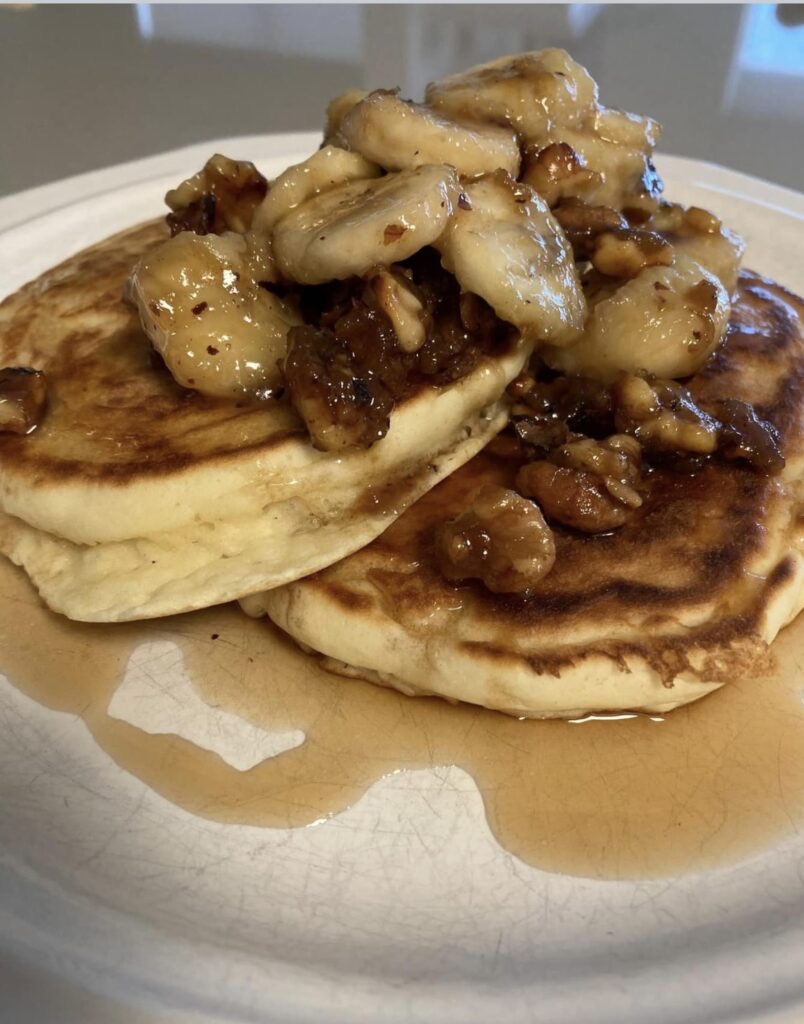
We heated butter and brown sugar in a saucepan, and once the sugar was melted, we added walnuts and bananas. A few good tosses coated them with sauce, and then a minute or two longer in the pan, they were caramelized to perfection.
We also made strawberry-stuffed French toast. It was two pieces of Texas French toast with a sweetened cream cheese filling topped with macerated strawberries and whipped cream. This entree was popular, and customers often chose to pair it with a mimosa or simple glass of champagne.
The focus of this article is wine, but it is important to note that Bloody Marys were as famous as mimosas and paired well with our savory foods. Eggs, Benedict, and sausage gravy balance the acidity of the tomato juice in the Bloody Mary.
Wineries Around the Country
“Voyager,” our Leisure Travel Van, allows us to travel wherever we want to go, expanding our access to wineries across the country. It has provided a unique experience, allowing us to try wines in locations we would have never imagined. Arizona and New Mexico have a flourishing wine scene with award-winning wineries.
Many of the wineries we visit are also Harvest Hosts, which, when you’re a member, allow for an overnight parking spot for your RV. As we are not currently members, we have provided the link so you can research the fees and program. I mention that because of the opportunity it provides, it is kind of like a two-for-one deal. You can patronize a business you want to visit while you also have the added benefit of it being a safe place for an overnight stay.
I have not kept count of the wineries we have visited or even all of their names, but I have never visited a winery and been disappointed. These experiences have enhanced our RVing journey.
Wine Pairs with RVing
If you are considering full-time or extended RV travel, wine pairs perfectly with the experience. Wine trails exist in many communities, and an LTV is the perfect vehicle to explore. We typically purchase at least one bottle of wine to bring home with us, which we later enjoy with a meal we prepare in our RV.
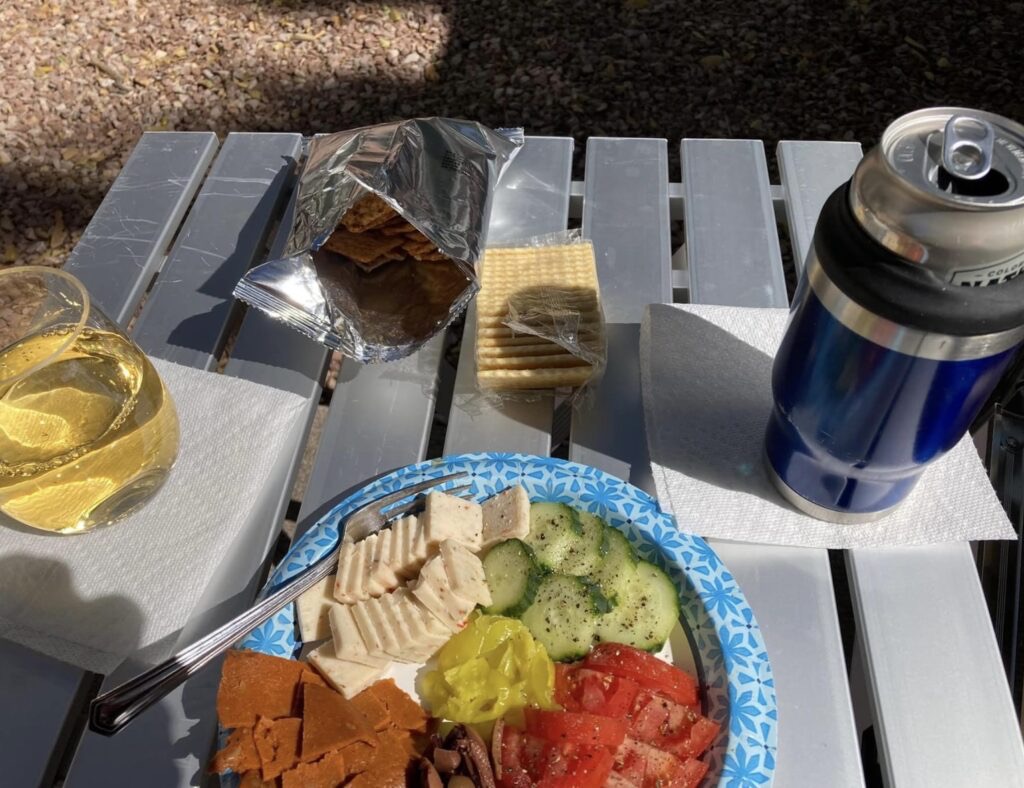
I hope this information has created intrigue and desire within you to try a variety of wines and pair them with foods you love. Remember these following ideas:
- What you like is most important, and suggestions are simply suggestions.
- Acidic wines balance heavy cream or cheese sauces, red meats, and fried foods.
- Delicate-flavored wines can be lost when competing with bold-flavored foods.
Finally, consider the weather and your mood; a thoughtful wine selection paired with a homemade favorite meal can turn an ordinary day into one to remember. Live Simple, Live Happy.


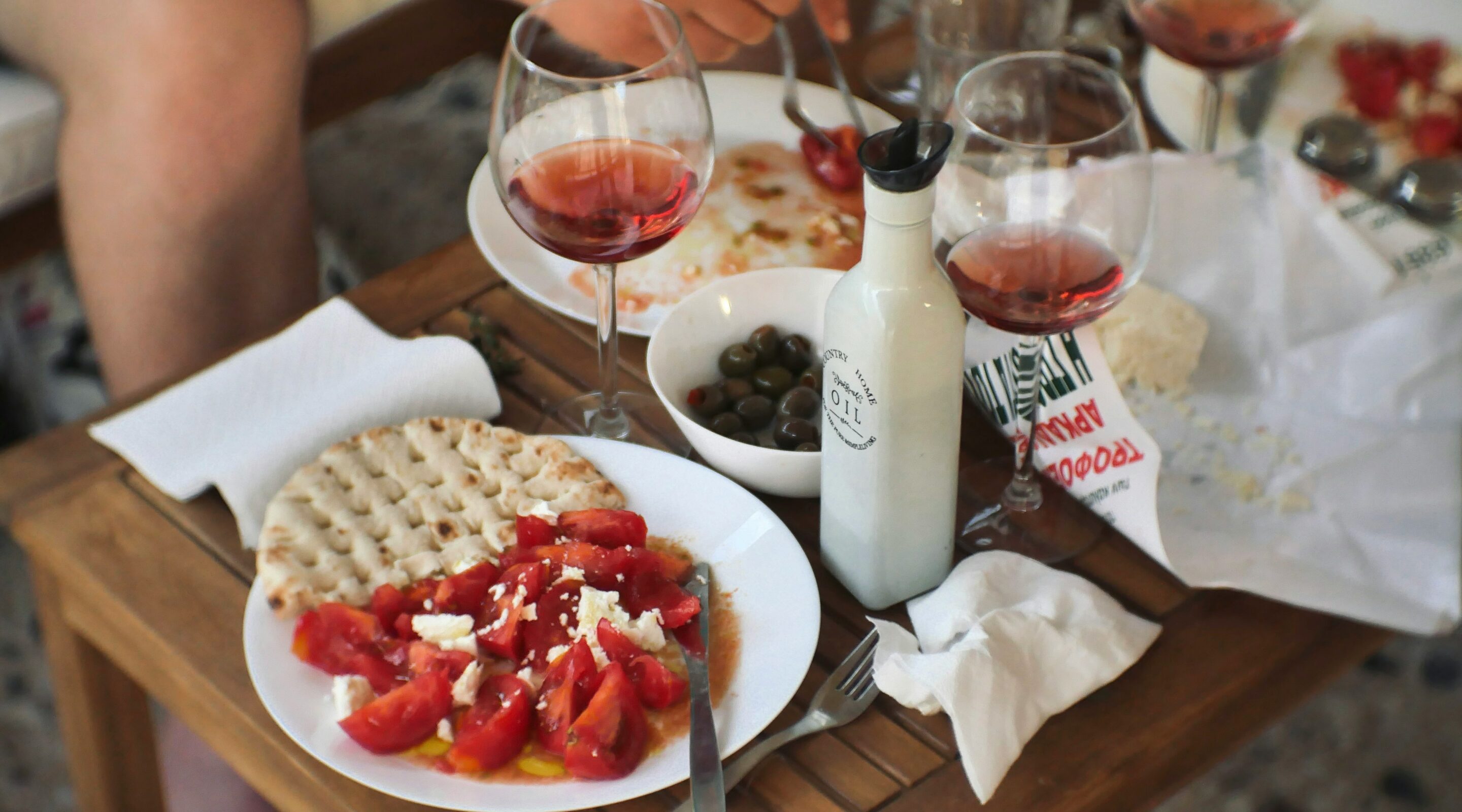
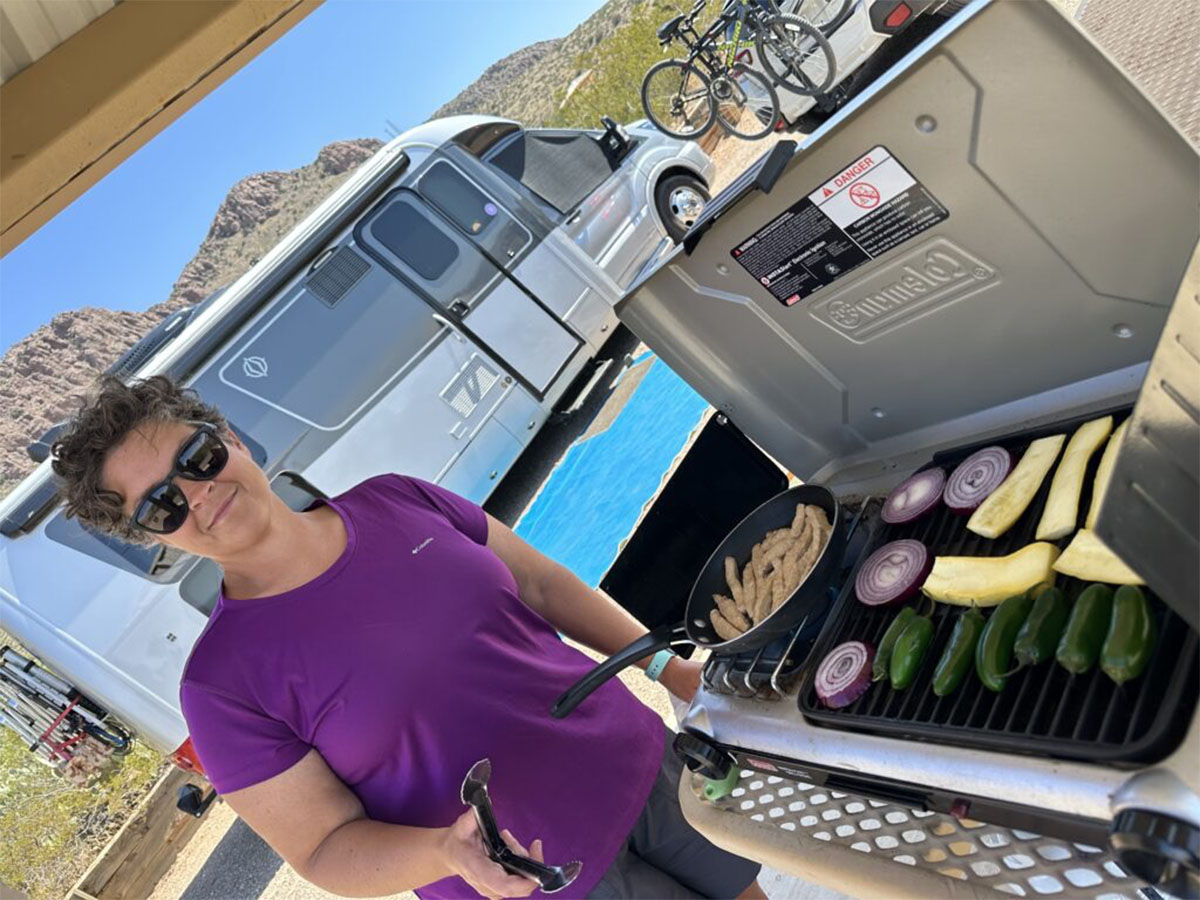
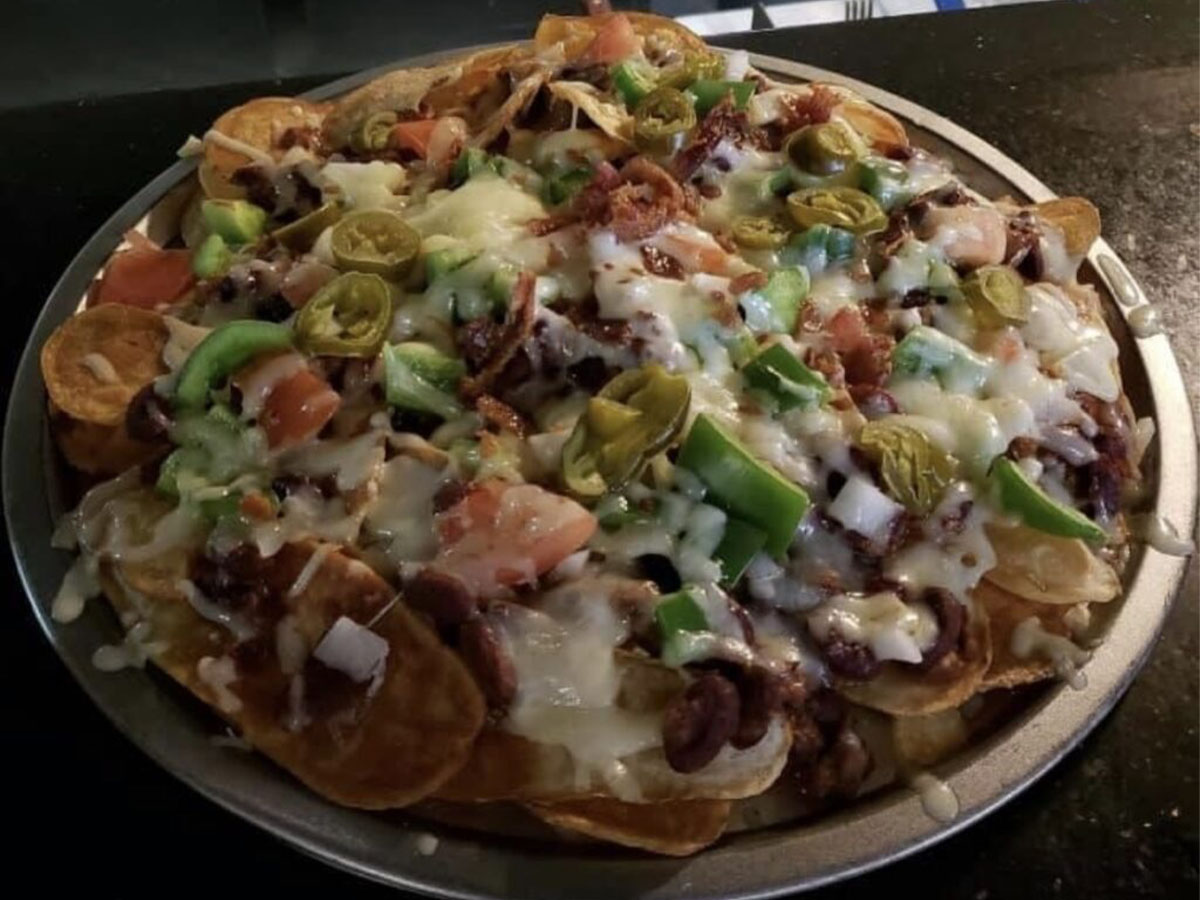
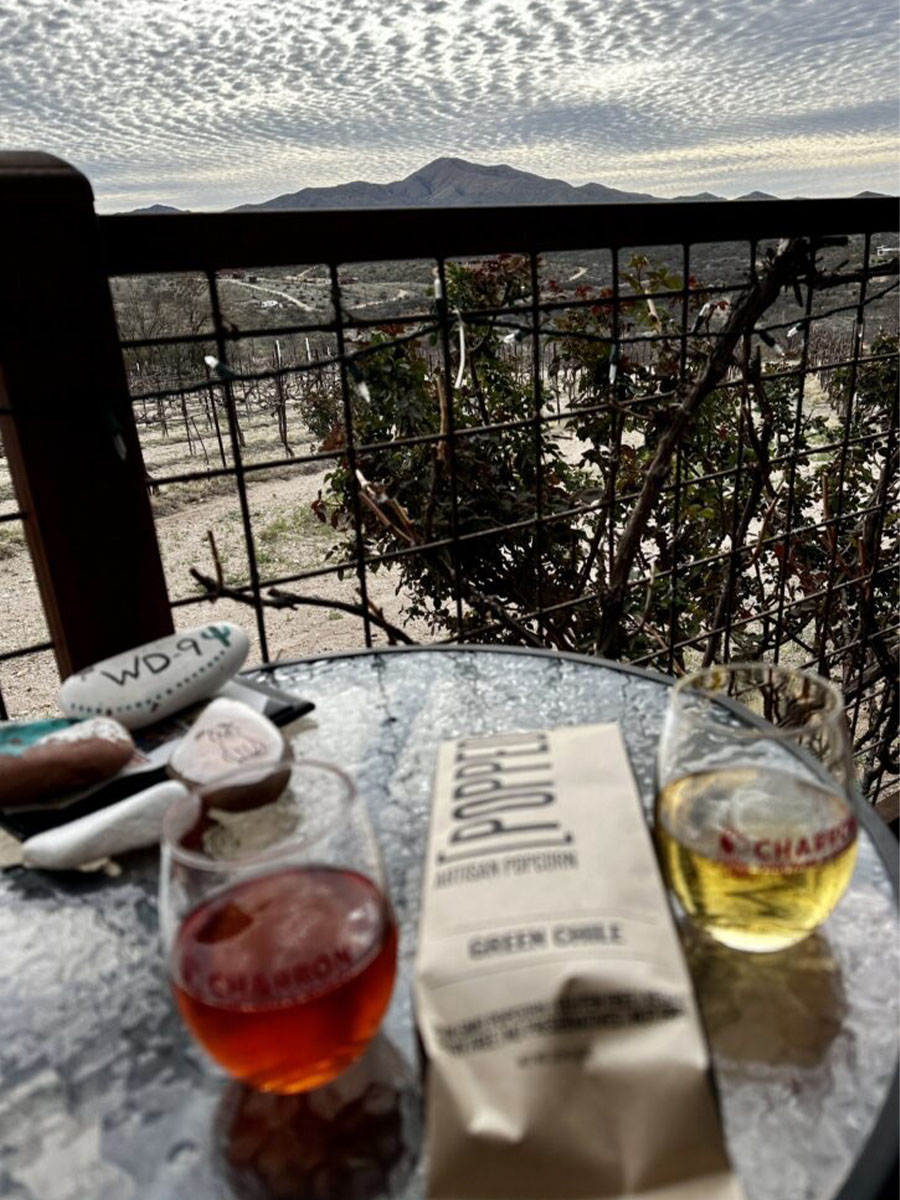
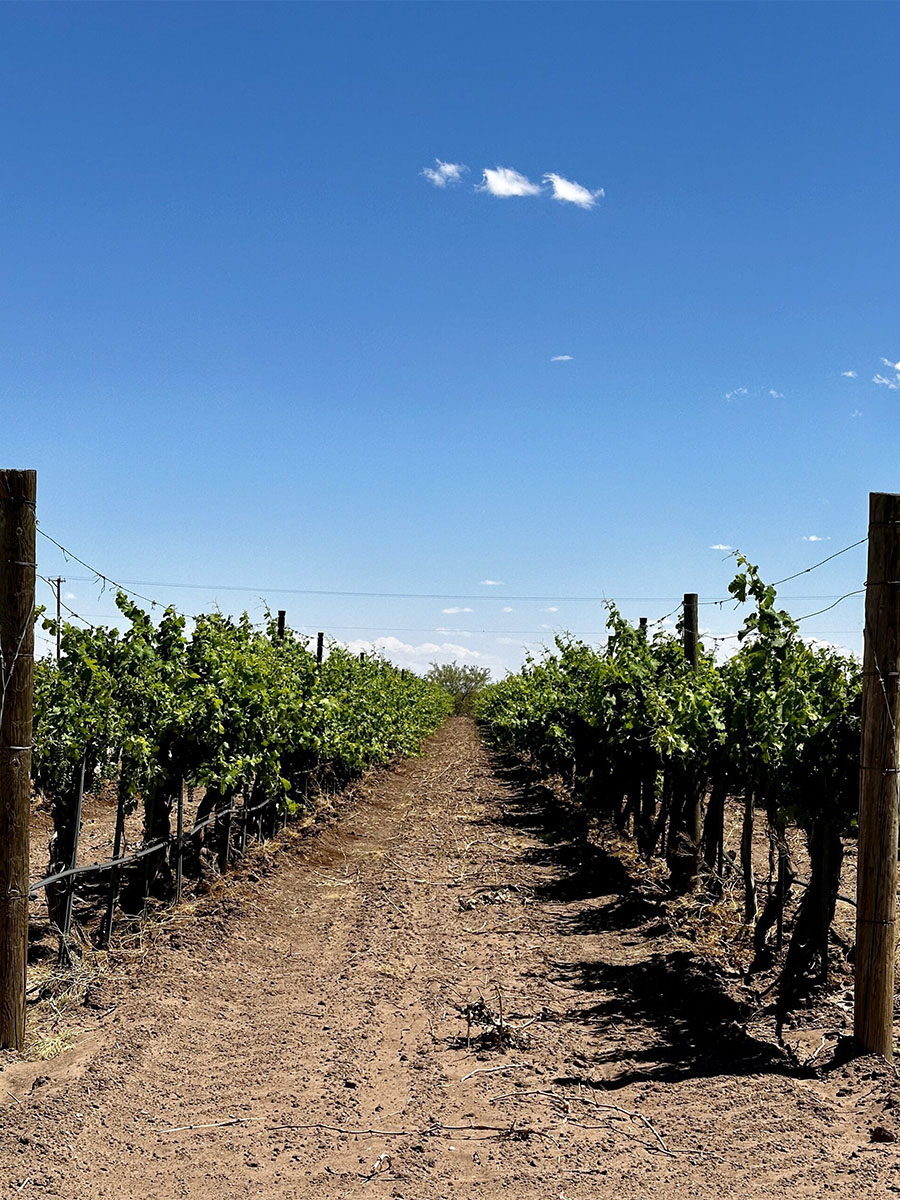
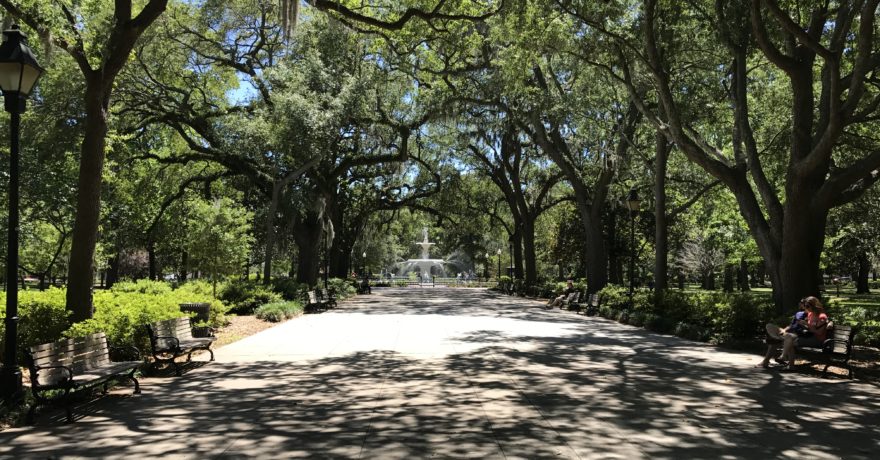
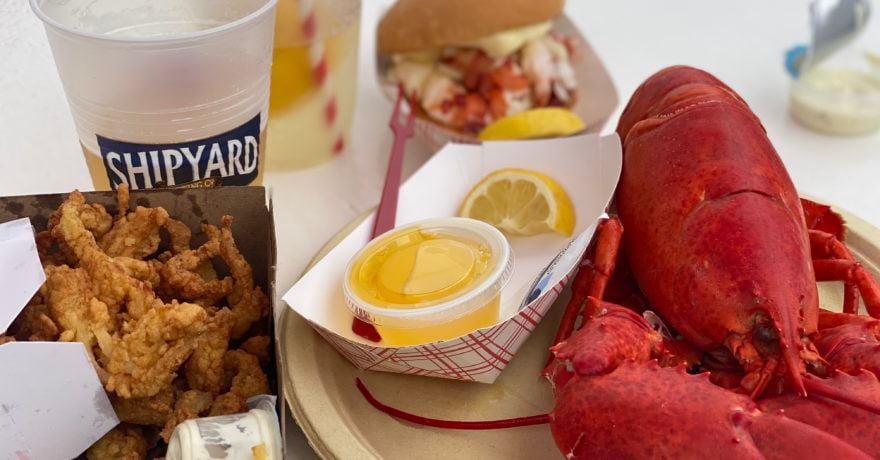
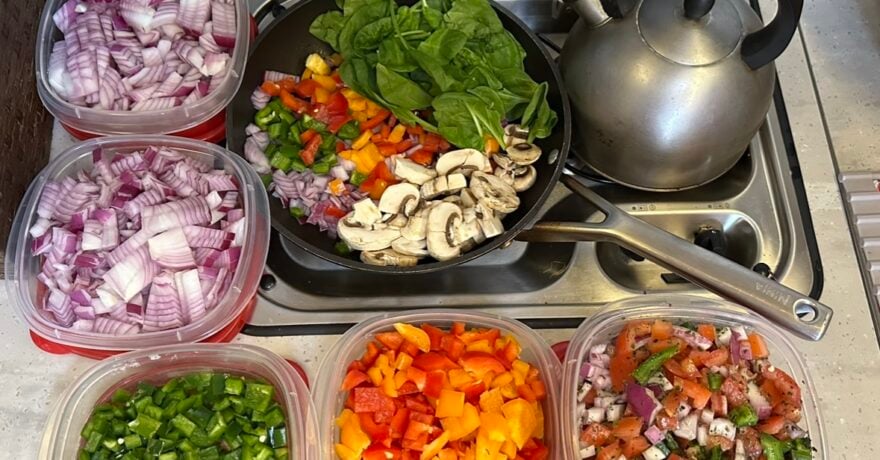
Comments